In the highlands of Ethiopia, where coffee first emerged from the Kaffa region’s forests, there exists a ritual so deeply woven into the social and cultural fabric that it transcends mere beverage preparation. The Ethiopian coffee ceremony, known as jebena buna, is an immersive, multisensory experience. It is a cornerstone of community, a gesture of respect, and a living narrative of Ethiopian heritage. Far more than a method to produce a cup of coffee, it is a slow, deliberate performance of hospitality, connection, and artistry, unfolding over the course of an hour or more. To be invited to one is to be offered a place within a circle of trust and conversation.
The ceremony begins not with water or a grinder, but with a sense of occasion. The space, often in the main living area of a home, is prepared with care. Fresh grasses and flowers, typically fragrant herbs, are scattered on the floor, releasing a sweet, earthy aroma that mingles with the coming scents of coffee and incense. Low stools or chairs are arranged in a circle, fostering an intimate atmosphere for the guests. The focal point is a small, charcoal brazier, its glowing embers ready to provide the consistent, gentle heat required for every stage. The essential tools are laid out: the long-handled roasting pan, the mukecha and zenezena for grinding, and the iconic black clay coffee pot, the jebena, with its spherical base, narrow neck, and straw lid.
The first act is a spectacle of sight and smell. Green, unroasted coffee beans are carefully washed and then poured into the shallow, round roasting pan. A woman, traditionally the hostess of the household, holds the pan over the hot coals, shaking and swirling it with a practiced, rhythmic motion. The beans begin to change, first drying to a pale yellow, then cracking and popping as they transform into a deep, rich brown. The air fills with the profound, nutty aroma of the roast, a scent that is the very heart of the ceremony. This is not a hidden process done in a machine in another room; it is the opening act, a performance meant to be witnessed and savored. The hostess will often bring the smoking pan around the circle of guests, allowing each person to waft the fragrant smoke towards them with their hands, a gesture known as itatten, an invitation to bless themselves with the essence of the coffee.
Once the beans have reached the perfect roast, dark and oily but not burnt, they are swiftly emptied from the hot pan onto a large, flat straw tray or a metal platter to cool. The rapid cooling is crucial to stop the roasting process and lock in the complex flavors. As they cool, the beans glisten, releasing their captured heat and aroma into the immediate vicinity. This moment of transition, from the intense heat of the fire to the gentle ambient air, is a quiet pause in the ceremony, a breath held before the next, more vigorous stage begins.
The cooled, brittle beans are then transferred to the mukecha, a heavy, bowl-shaped wooden mortar. Using the zenezena, a stout, pestle-like iron rod, the hostess begins to grind the beans. This is not the quick, electric whir of a modern grinder but a physical, percussive labor. The rhythmic thud and scrape of the pestle against the mortar creates a steady, almost musical beat—a sound intrinsically linked to the ceremony throughout Ethiopian neighborhoods. The grinding continues until the beans are reduced to a very fine powder, much finer than typical pre-ground coffee, which is essential for the brewing method to come. This manual process is a testament to the effort and dedication poured into serving guests; nothing is taken for granted or shortcut.
With the coffee now a fine powder, the focus shifts to the jebena. Water is poured into its round base and placed on the brazier to heat. Once the water is hot, the ground coffee is added directly into the pot. The mixture is left to brew, often boiling up through the narrow neck of the jebena once or twice. The hostess must watch it carefully, removing it from the heat at just the right moment to prevent it from boiling over completely and wasting the precious brew. It is then returned to the coals to steep, allowing the full flavor of the finely ground beans to infuse the water. The shape of the jebena is not merely aesthetic; its narrow neck and spout help to trap the coffee grounds inside during pouring, while a horsehair filter or a few straws placed in the spout ensure a remarkably clear, sediment-free cup.
The serving of the coffee is its own ritual, rich with symbolism. The hostess arranges small, handleless ceramic cups called cini on a tray, often atop a bed of grass or flowers. She pours the coffee in a single, continuous stream from a height of a foot or more, skillfully filling each cup without breaking the stream or spilling a drop. This act demonstrates expertise and grace. The coffee is served black and strong, and the serving order is significant. The first round, known as abol, is the strongest and most potent, both in flavor and caffeine. It is considered the most important cup. Guests are served according to status and age, with the eldest or most honored guest receiving their cup first.
Conversation flows as freely as the coffee. The ceremony is not a silent, hurried affair. It is a social event, a time for news, gossip, debate, and storytelling. The slow, deliberate pace of the ritual encourages lingering and genuine connection, a stark contrast to the grab-and-go coffee culture prevalent elsewhere. The role of incense, usually frankincense or myrrh resin placed on the coals, cannot be understated. Its rich, sacred smoke purifies the air, wards off evil spirits, and adds a layer of spiritual solemnity to the gathering, intertwining the earthly pleasure of coffee with a higher, aromatic offering.
But the ceremony is not over after the first cup. Tradition dictates three rounds of serving, each from the same initial brew. The second cup, tona, is poured by adding more water to the jebena and bringing it to a boil again. This results in a slightly weaker, but still flavorful, serving. The third and final round, baraka (meaning ‘blessing’), is the weakest but is considered to carry a spiritual blessing. To drink all three cups is to receive the full experience and the host’s complete blessing. To refuse is, in most cases, a significant social faux pas. The entire process, from the first whiff of roasting beans to the final sip of baraka, can take well over two hours, a testament to the value placed on time spent together.
Ultimately, the Ethiopian coffee ceremony is a powerful cultural performance. It is a ritual of patience and presence in a world that often values neither. It is a testament to the fact that the most profound experiences cannot be rushed. Every element—the sound of grinding, the smell of roasting, the taste of the abol, the feel of the smoke, the sight of the steady pour—combines to create something far greater than the sum of its parts. It is a daily reaffirmation of community, identity, and the deep, abiding power of hospitality. In Ethiopia, coffee was never meant to be a solitary fuel for productivity; it was, and is, the very glue that binds people together, one slow, deliberate, and beautiful cup at a time.

By /Aug 20, 2025

By /Aug 20, 2025

By /Aug 20, 2025

By /Aug 20, 2025
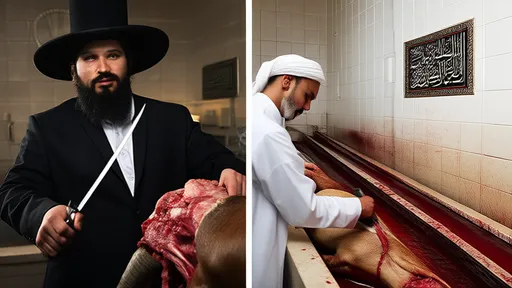
By /Aug 20, 2025

By /Aug 20, 2025

By /Aug 20, 2025

By /Aug 20, 2025

By /Aug 20, 2025

By /Aug 20, 2025
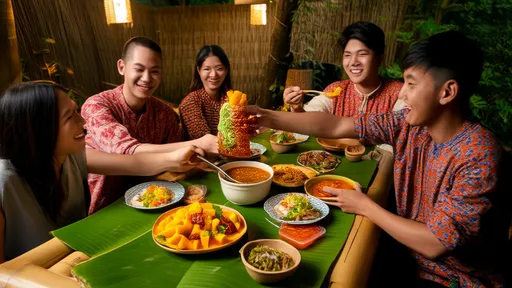
By /Aug 20, 2025

By /Aug 20, 2025
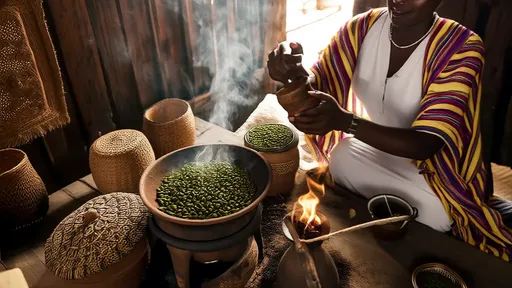
By /Aug 20, 2025
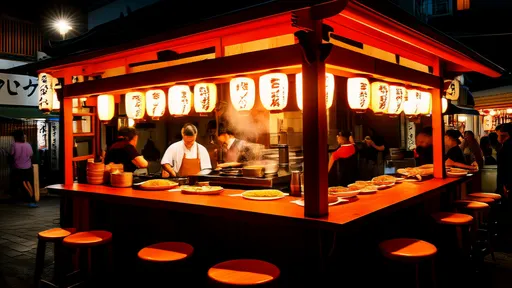
By /Aug 20, 2025

By /Aug 20, 2025

By /Aug 20, 2025

By /Aug 20, 2025

By /Aug 20, 2025
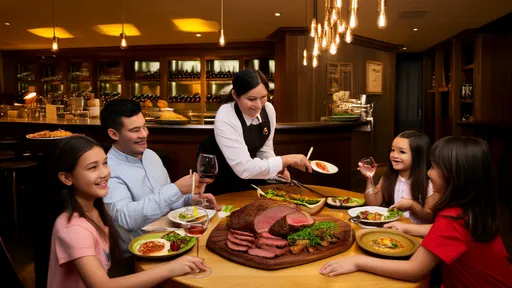
By /Aug 20, 2025

By /Aug 20, 2025